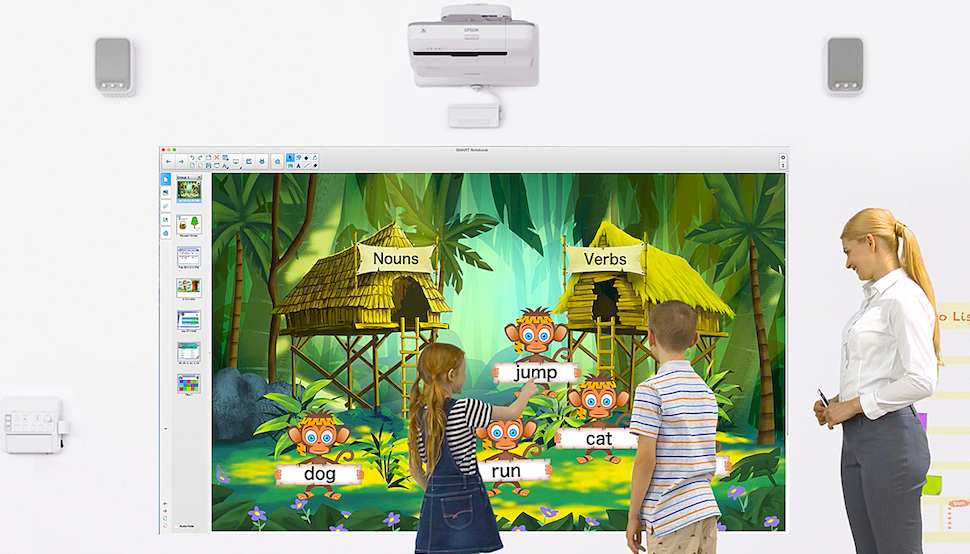
This week, Adam Voigt urges us not to try to “chase two rabbits at once” – no matter how time pressed we feel, social learning and academic outcomes can’t all be taught at once.
I’m a very big fan of the Chinese proverb that “If you chase two rabbits … both will escape”. I often reference this proverb at the beginning of a Real Schools workshop to emphasize to participants that there is an opportunity before them that will be lost via distraction and a decision to answer emails, to write a shopping list or even to merely daydream while the learning opportunity is upon them.
For some reason, people tend to believe their own mantras. If we continually bemoan being busy then it’s likely that we’ll be consumed by mounting accountabilities. If we forever lament feeling tired then that will also as self- fulfilling in our emotions. Equally, if we convince ourselves that the plate spinning required for modern teaching means that we can never be single minded or mastery intended in our work then we’ll forever be trying to teach one thing primarily, yet a bunch of others at the same time.
Think for a moment about this concept of simultaneous learning objectives. Growing up, how well would you have gone at learning to ride a bike while simultaneously learning your alphabet? How effective would it be to teach our own children how to conjugate verbs whilst also teaching them table manners? When we put it this way, it almost sounds ludicrous to abandon focus upon singular objectives just because we’re busy. In most of these instances of dual intent, neither skill is mastered. Both rabbits escaped.
As it is when working with students in the classroom. Somehow we convince ourselves that a lack of time means that multiple and simultaneous learning objectives are the only option. And in some instances, it works ok. For instance, it’s possible to learn fractions and absorb some ordinal number knowledge. The failure comes when the two learning concepts are vastly different – such as the combining of a social skill and an academic skill.
The perfect example of this is ‘on task’ behaviours. Lately, I’ve taught the skills of getting on, staying on and completing tasks with students from Prep all the way through to year 10. Even writing that sounds a little odd, as the language surrounding being ‘on task’ surely belongs in the domain of the early years teacher. Even so, many teachers, specifically those teaching middle years, are telling me that the capacity of their students to simply ‘get on the job, stay on the job and finish the job’ is significantly compromised.
So did our early years teachers drop the ball? Did they forget that teaching how to engage in learning is their bag? I’d contend not. It’s simply human nature for social or behavioural strategies and also language conventions to diminish over time when they aren’t reinforced either explicitly or environmentally. It’s the reason that being immersed in another country for a while causes us to drop our own accent somewhat – there’s nobody around me to model, reward or reflect it. Even locally, I certainly know that, should I not hang around my local cricket club bar for a while that my propensity to drop the odd swear word drops away. It’s perfectly normal – and a relief for my family!
Reinforcing and explicitly teaching the skills, behaviours and attitudes of learning, engaging and collaborating is core business for every teacher. I suggest strongly, that allocating some time to this as you commence a term or a semester will provide you with a set of behavioural and cultural norms for your classroom that will reduce the plate spinning exhaustion that comes later in the term or semester.
They say that the definition of insanity is to do the same thing over and over again but to expect the same result. So, are you ready to kick of the next semester trying to teach cooperative learning while you also teach science, to teach discussion skills while also teaching narrative structure or to teach anger management while also teaching calculus?
Or, could this be your semester of compartmentalisation and mastery? You could achieve simply this by:
Quickly making a professional judgment about the social, behaviour or engagement skill most needed to create a vast learning jump.
Seeking resource and information about how to explicitly teach this skill.
Provide a supported activity to apply this skill to in an enjoyable and engaging way (artistic and other creative pursuits work well).
Apply the now taught and practiced skill to the curriculum or content that you are programming to deliver.
One rabbit at a time.
THE CHEAT SHEET
Don’t have time to absorb the whole article today? Here’s the big points …
1. Separate the teaching of social and academic content.
2. Explicitly teach the behaviours desirable in your classroom.
3. Apply the behaviour to something easy & enjoyable first.
4. Apply the practiced skill to learning activity.
5. Focus on mastery and progress ahead of ‘plate spinning’.
AITSL STANDARDS FOR TEACHERS… and you addressed them by reading!
The Big One
1.1 Physical, social & intellectual development & characteristics of students.
But also …
1.2 Understand how students learn.
3.3 Plan, structure and sequence learning programs.
4.1 Support student participation.







